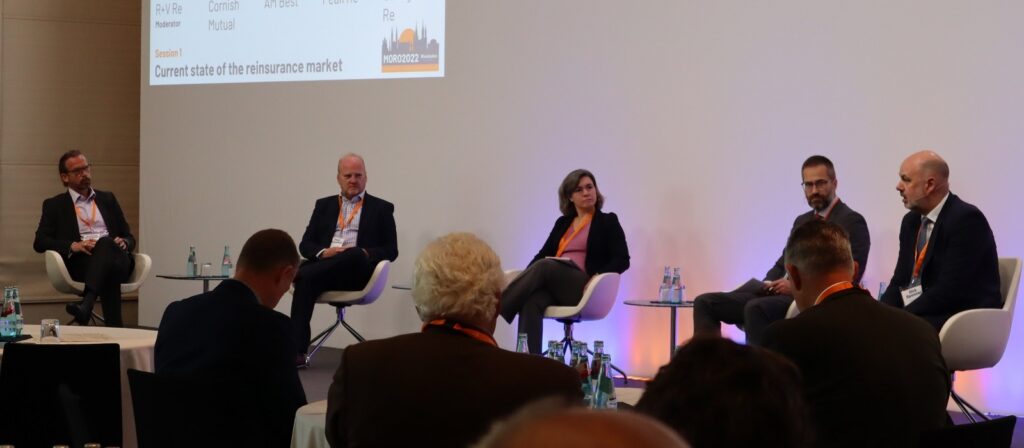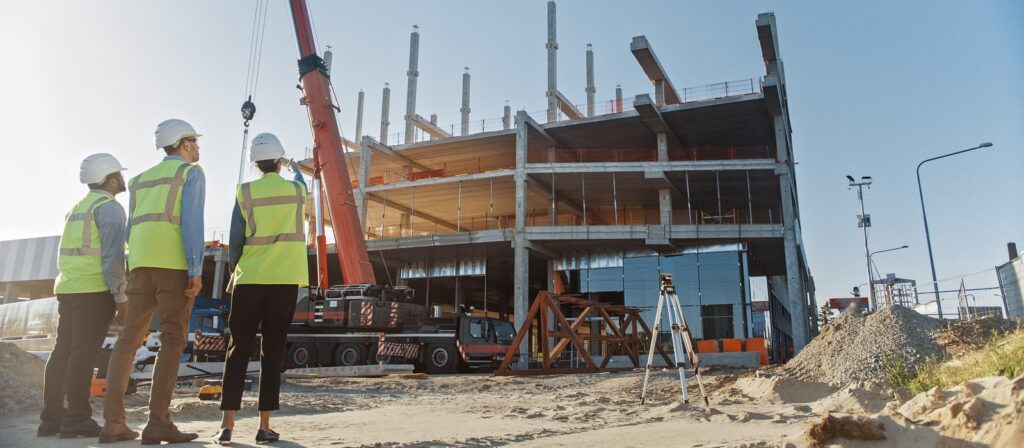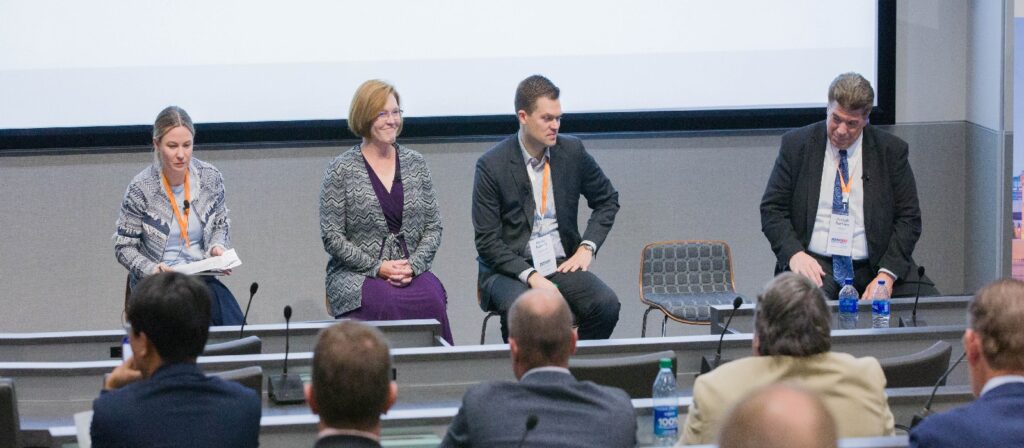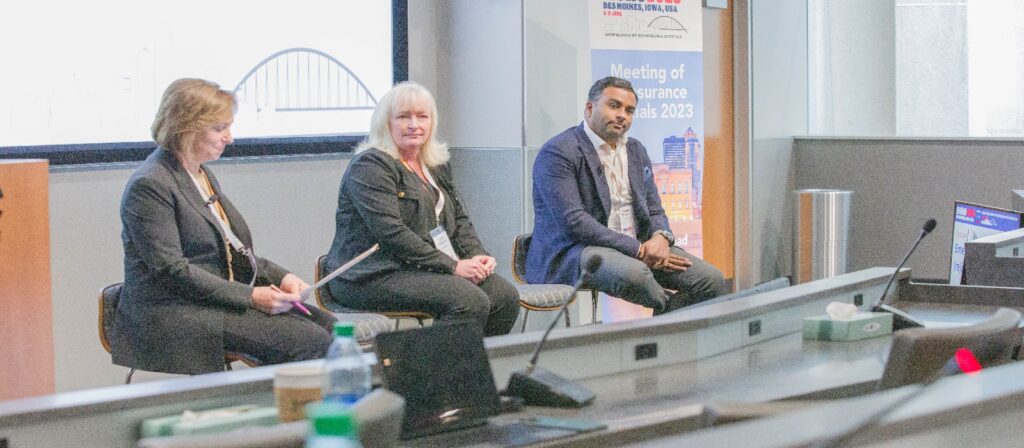ICMIF Supporting Member AM Best has a unique perspective on the reinsurance market, including the tailwinds and headwinds impacting the reinsurance market. The organisation produces periodic global and sector outlooks and currently maintains a stable outlook for the reinsurance industry. The first major tailwind was the hardening rate and terms and conditions environment. The demand for reinsurance from insurers looking to stabilise their earnings and balance sheets drove this trend.
Additionally, inflation, particularly in medical costs and personal injury, contributed to the demand for reinsurance. However, the supply of reinsurance shrank simultaneously. Catastrophic events and market volatility tied up reinsurers’ capital, making it challenging to deploy for risk underwriting. The availability of retrocession and other risk management tools was also limited, further affecting the supply of reinsurance.
As a result, global reinsurance capacity fell. The reinsurance industry still possesses significant capital but faces temporary challenges in deploying it effectively. Increased book yields on fixed income securities, which have doubled in recent years, are providing a significant tailwind for reinsurers.
The headwinds discussed included larger and more powerful storms, as well as the rise of secondary perils that are increasingly impacting the market. Inflation, both in terms of commodity prices and social inflation, poses additional challenges for the reinsurance industry. Social inflation, particularly affecting casualty lines of business, was a complex issue with potential implications for current year loss picks and reserve bases. It was acknowledged that the reinsurance market was at a critical juncture, with factors such as court cases and their settlements playing a role in determining the future trajectory of social inflation.
It was noted that the global reinsurance industry returned only 5.1% over the last five years, which was approximately half of its estimated cost of capital. With the increase in interest rates, the equity risk premium for reinsurers was expected to rise due to earnings volatility, leading to a potential cost of capital in the mid-teens. Market volatility, particularly mark -to-market losses, was considered a temporary issue that was factored into the evaluation of companies and their capital. However, model uncertainty was seen as a significant deterrent for capital investment in the reinsurance industry. Commercial models used to build expected return curves for investors had proven to be unsustainable, causing investor hesitation.
The cedant shared their perspective on the challenging conditions during the last renewal season. They experienced substantial price increases, along with issues related to reinstatement conditions and prepaid reinstatements. These factors created chaos and additional capital pressure for their organisation. The buyer emphasised the importance of partnerships and exploring new providers of reinsurance capital, particularly those with a mutual background.
The broker perspective acknowledged the difficulties faced by both buyers and reinsurers in the market, highlighting the late failure of the market and the challenges of matching supply and demand, especially in the aftermath of natural disasters. Brokers aimed to bring different sources of capacity to the table and make the market function effectively. Proactive measures are needed, such as exploring alternative capacities, market making, and utilising portfolio data to supplement models and enhance their usefulness. The need for individualised approaches to clients and risk profiles was discussed, moving away from a one-size-fits-all strategy. It was anticipated that negotiations in the upcoming renewal period would be tougher and more time-consuming, allowing for more detailed consideration of relationships and terms. The importance of transparency, open communication, and mutual trust was also emphasised, with reinsurers expressing the desire to receive feedback and address any doubts or uncertainties from their reinsurance partners.
The pressure on reinsurers to deploy capital at a higher yield was discussed, requiring a comprehensive understanding of risk to price it confidently. There were significant challenges faced by the industry in the previous renewal, where certain expectations were not met due to a lack of capital deployment and the absence of new reinsurers entering the market. New reinsurers face difficulty securing capital, even with strong management teams and business plans.
The cedant discussed their company’s position in the market, stating that they were satisfied with their outcome without having to engage in exotic deals. They attributed their success to long-term policy guidelines, sharing information about underlying risks, modelling, and not taking advantage of additional features available during the softer market environment. They emphasised the need to continue these practices for sustainability in the coming years.
Parallels between the current hard market and the hard market of 1993 were drawn, both influenced by large property cat events, geopolitical conflicts, and interest rate fluctuations. It was noted that unlike the past, there was a lack of new capital rushing into the industry. It was suggested that investor appetite would depend on factors such as interest rates, inflation, and the use of modelling for certainty.
The broker market was discussed, and the benefits of having perfect information and visibility into the market were acknowledged, suggesting that larger brokers with more data could provide valuable insights. However, the value of multiple perspectives and healthy competition were also recognised, and the importance of brokers focusing on their core competencies and providing the best sourcing and creative options for clients. There is a need for brokers to understand data and leverage it to enhance their portfolio understanding and source new capacity effectively. The practice of buying teams of people into a brokerage firm was questioned.
The role of reinsurers was discussed and the potential risk of disintermediation if they failed to gather data effectively and foster relationships. Concerns were raised about the possibility of industry consolidation and reinsurers were urged to have a long-term plan and focus on sustainability. In terms of renewal negotiations, there were concerns about late negotiations and demands from some reinsurers. The importance of transparency and open discussions about rates and fair practices were highlighted, and things like appetite, capacity, and rate increases should be part of the conversation, especially during conferences like Monte Carlo and Baden-Baden. The strategy of achieving uniform terms and conditions among clients and markets versus allowing each party to negotiate their own deals was discussed, with potential challenges in achieving consensus and the introduction of basis risk into traditional reinsurance products. Despite acknowledging the complexity and challenges, the session concluded with cautious optimism for the future.
Session panelists:
- Christoph Lamby, CEO, R+V Re (Germany)
- Gerhard Koster, Reinsurance Manager, Univé Reinsurance (Netherlands)
- Steve Chirico, Director of Global Reinsurance, AM Best (USA)
- Greg Moore, Senior Vice President, Gallagher Re (USA)





